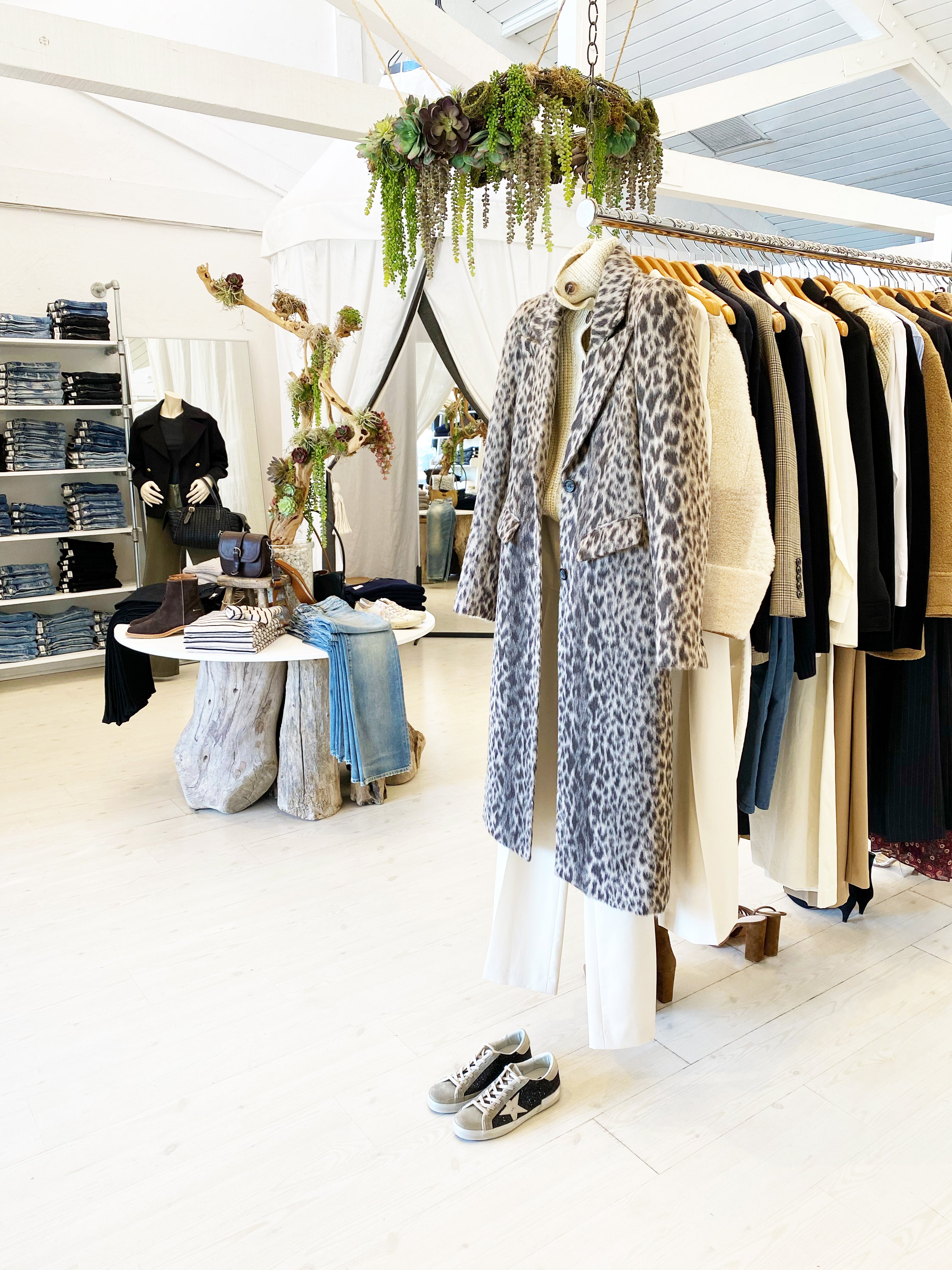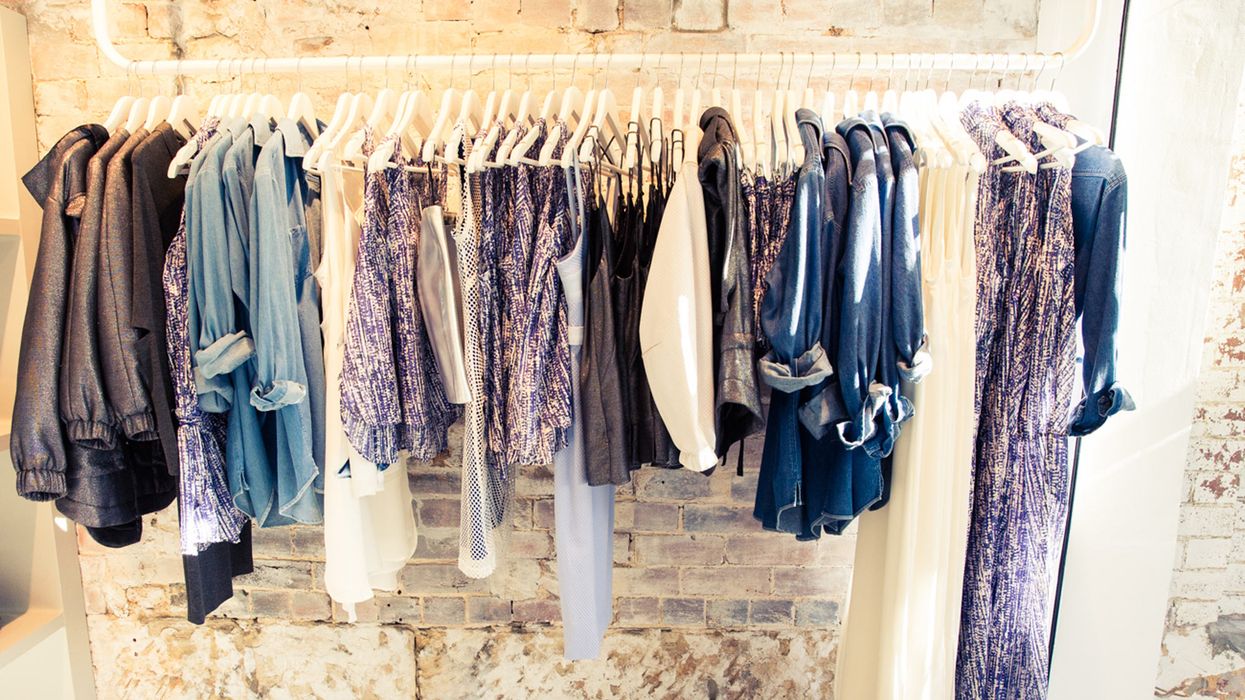Leading 10 Essential Pieces from Your Favorite Boutique Fashion Shops
Leading 10 Essential Pieces from Your Favorite Boutique Fashion Shops
Blog Article
Lasting Fashion: Exactly How Eco-Friendly Garments Is Forming the Future of Design
As the fashion industry faces raising analysis over its environmental effect, the surge of sustainable fashion provides an appealing alternative that straightens design with environmental duty. boutique fashion. Just how does this motion really affect the future trajectory of style, and what obstacles exist ahead in its widespread fostering?
Ingenious Lasting Products
As the style industry faces its ecological influence, ingenious sustainable products have arised as a critical solution for minimizing environmental impacts. Amongst the most promising products are those originated from all-natural, sustainable sources, such as organic cotton, hemp, and bamboo. These products not only minimize dependency on nonrenewable fuel sources yet also lessen damaging chemical usage and water intake. Organic cotton, for circumstances, makes use of considerably much less water than traditional cotton and removes the requirement for poisonous chemicals, thus protecting dirt health and wellness and biodiversity.
Along with plant-based materials, improvements in biofabrication have actually brought about the growth of lab-grown textiles. Mycelium leather, stemmed from mushroom origins, provides a biodegradable and functional option to animal natural leather. Its production results in considerably lower carbon discharges and water usage, making it a much more sustainable option for style designers looking for to line up with environment-friendly techniques.
Recycled materials are also getting traction, with polyester made from recycled plastic bottles representing a substantial development. This advancement not just draws away plastic waste from land fills and seas but additionally lowers energy intake contrasted to creating virgin polyester. Together, these products highlight the potential for a more lasting garment industry, leading the way for environmentally conscious layout and production.
Eco-Conscious Production
Structure on the innovations in lasting materials, the fashion sector is likewise re-evaluating its manufacturing procedures to additionally reduce ecological influence. Key approaches include lessening water intake, lowering carbon discharges, and removing hazardous chemicals.
One more critical element is the decrease of toxic chemicals commonly used in dyeing and finishing fabrics. Eco-conscious suppliers are shifting towards plant-based dyes and waterless dyeing innovations, which not just protect regional ecological communities but likewise enhance employee safety and security. Developments like digital printing minimize material waste and power intake, offering a cleaner alternative to conventional techniques.
In addition, transparency and traceability have ended up being vital. With the improvement of blockchain modern technology, companies can now offer comprehensive insights into their supply chains, making sure environmentally friendly and moral techniques at each action. This openness develops consumer count on and motivates brands to maintain high sustainability standards. As the need for eco-conscious items grows, makers are forced to innovate, guaranteeing that the future of fashion is both elegant and lasting.
The Surge of Upcycling
Upcycling, a transformative technique in sustainable style, includes creatively repurposing thrown out materials right into new, premium products. This cutting-edge technique not only minimizes waste but also diminishes the need for raw materials, consequently reducing the environmental influence of apparel production. By reimagining and rebuilding existing products, designers and style brands have the ability to infuse originality right into their collections while promoting ecological duty.

Furthermore, the upcycling movement has actually encouraged local business and independent designers, who commonly lead in innovation due to their dexterity and imagination. By maximizing the abundant schedule of extra materials, these entities add to a round economic climate, showing that style can be both elegant and sustainable. Through upcycling, the industry takes substantial strides in the direction of a more liable and mindful future.
Thrift Culture's Effect
The growing second hand culture significantly improves the landscape of sustainable style, emphasizing the value of conscious consumption. This social shift urges consumers to welcome pre-owned apparel, thus reducing the demand why not try here for brand-new garment production and minimizing ecological influence. Thrift purchasing not only prolongs the lifecycle of clothing yet additionally reduces the carbon footprint related to manufacturing, moving, and throwing away apparel.
A crucial facet of thrift society is its democratization of fashion. By offering a vast array of designs from different periods at cost effective costs, thrift stores make style accessible to a wider audience. This accessibility promotes a sense of uniqueness and creative thinking, as consumers mix and suit distinct pieces to curate individualized closets without adding to the fast style cycle.
Additionally, thrift culture promotes circularity in style, straightening with the concepts of a circular economy. As more developers and customers accept second hand culture, the fashion sector is urged to adjust, integrating lasting methods to satisfy the expanding need for eco-conscious alternatives.

Future Trends in Style
Fashion's advancement is progressively shaped by technical advancements and sustainability-driven initiatives. As consumers become extra ecologically mindful, the sector is reacting with groundbreaking improvements that redefine the future of style. One famous fad is the rise of electronic fashion, where digital garments can be worn in increased truth environments, substantially decreasing material waste. This change not only accommodates the digital-savvy customer but likewise lessens the environmental footprint generally related to garment production.
Additionally, the combination of blockchain modern technology supplies brand-new possibilities in transparency and traceability, allowing consumers to confirm the sustainability qualifications of their apparel. like it boutique fashion. This makes certain accountability in supply chains and advertises moral sourcing practices. 3D printing is yet another innovation that promises to transform producing procedures by making it possible for on-demand manufacturing, therefore lowering excess supply and waste
In addition, the growth of bio-fabricated materials, such as lab-grown leather and plant-based textiles, presents sustainable choices to typical materials. These advancements minimize dependence on pet products and resource-intensive crops. As these innovations grow, they are positioned to transform the fashion landscape, combining design with sustainability. The future of style, therefore, hinges on a smooth blend of technology, innovation, and eco-friendly obligation.
Conclusion
The makeover of the fashion market via sustainable methods suggests a pivotal change in the direction of environmental responsibility. This advancement not have a peek at this site just aligns style with eco-friendly sustainability but likewise establishes a criterion for future patterns focused on obligation and advancement.
As the style market encounters boosting examination over its environmental effect, the surge of lasting fashion offers an appealing option that straightens design with environmental duty.As the fashion industry grapples with its environmental effect, ingenious lasting materials have actually arised as a critical service for minimizing eco-friendly footprints. Together, these materials highlight the capacity for a much more lasting style market, leading the means for environmentally conscious design and manufacturing.
Building on the technologies in sustainable materials, the fashion sector is additionally re-evaluating its production procedures to further decrease environmental impact. boutique fashion.Upcycling, a transformative method in sustainable fashion, involves artistically repurposing thrown out products right into brand-new, high-quality items
Report this page